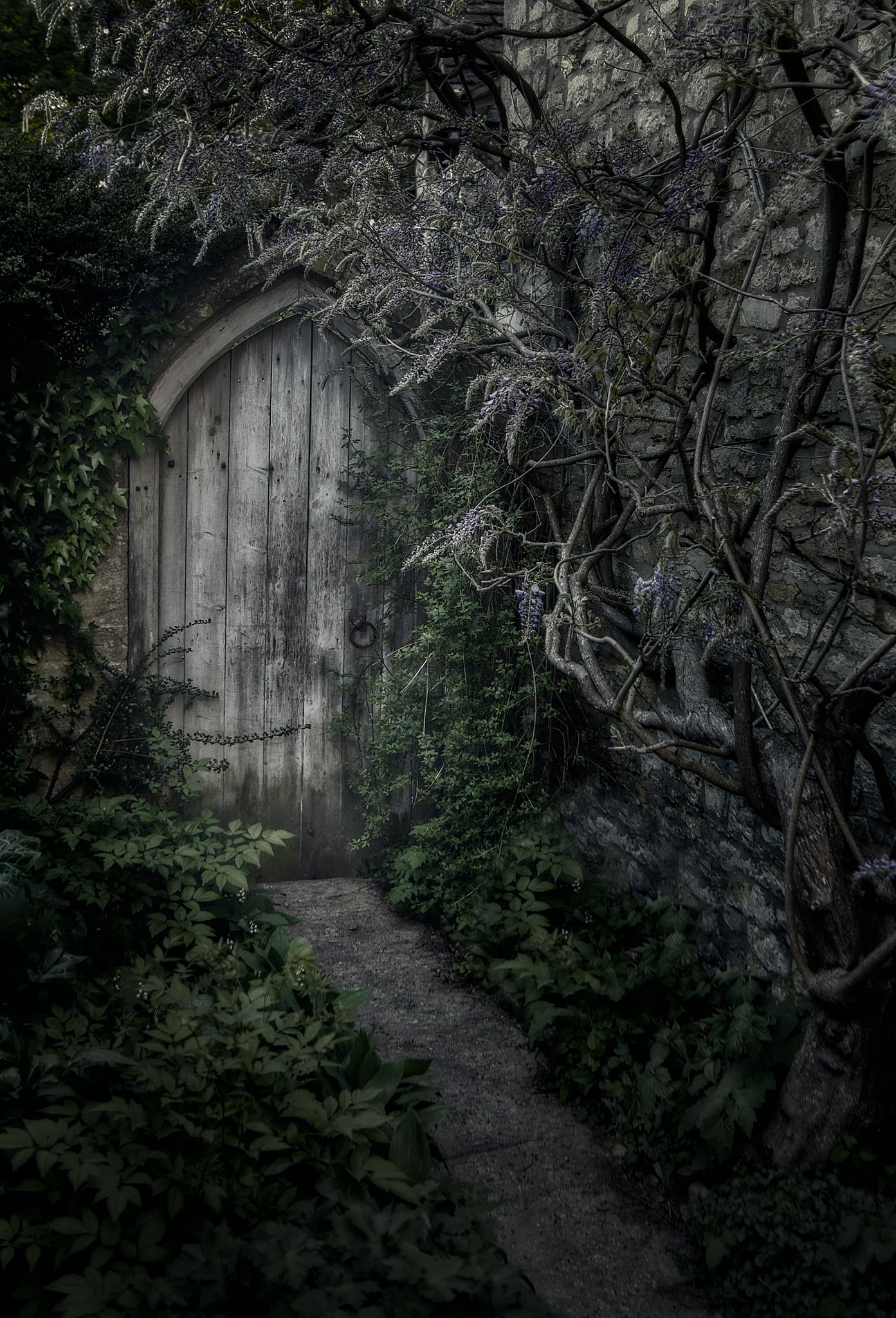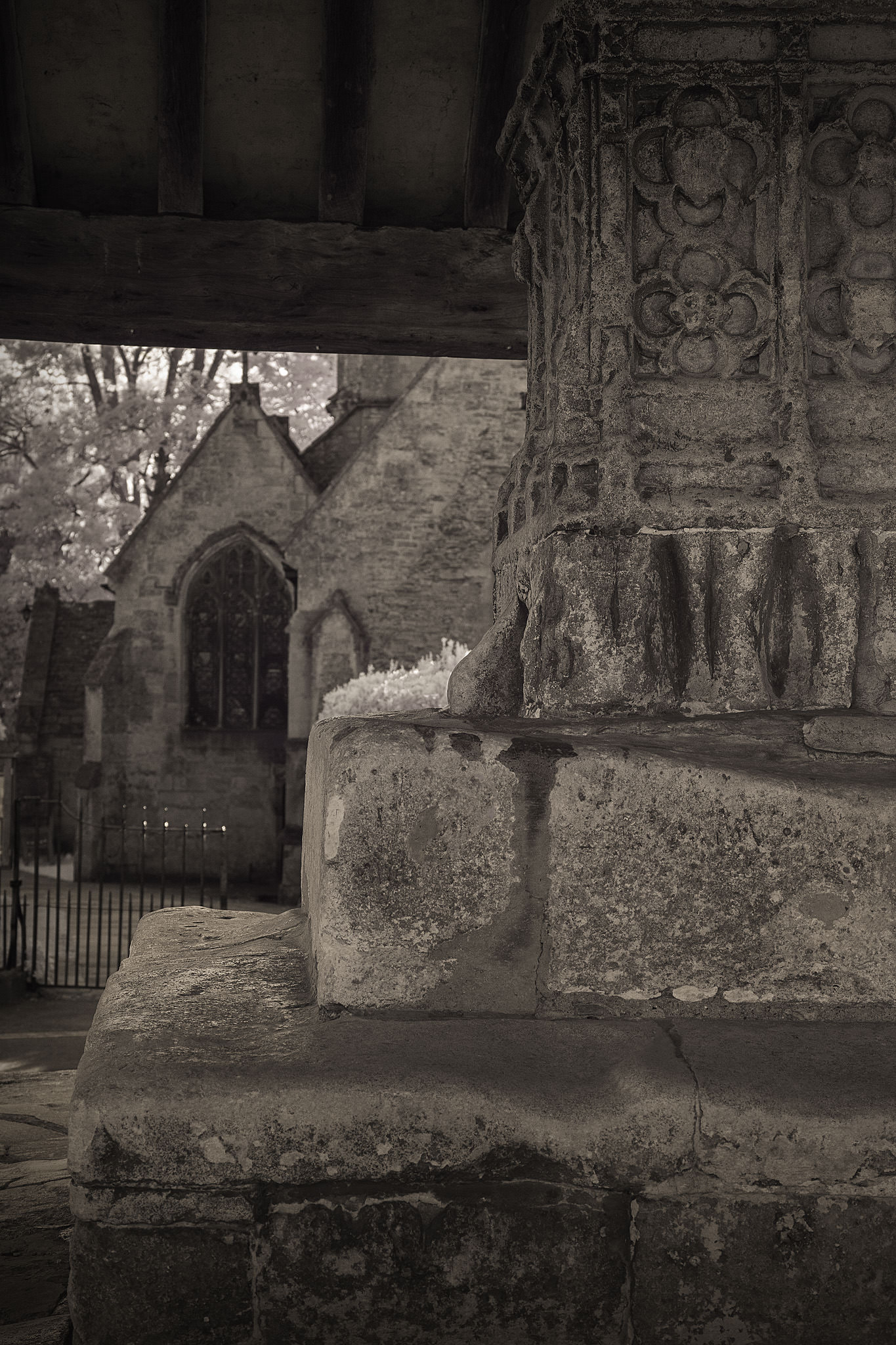Castle Combe, South West, England


The village of Castle Combe takes it name from the 12th Century castle which once stood here, about a 1/3 of a mile north of the old village. Castle Combe is still very much a medieval village; the last time a house was built in the oldest part of the town was in 1617. There are very few places that have the ability to transport the visitor back in time. Castle Combe is about as close as you can get to time travel and it is one of England’s most picturesque villages.
Castle Combe is located in a valley between wooded hills and the River Bybrook. The ancient wooded hill was originally home to the Celts, Britons and Saxons. There were also extensive Roman settlements in the area.
In 1086, at the time of the Doomsday book, Castle Combe was already a prosperous estate which comprised of 10 ‘hides’, meaning there was enough land to have 10 plough teams. The owner, Humphrey de L’Isle, retained 4 hides himself, with his 13 serfs operating four plough teams. The other hides were rented to tenants operating six plough teams. There were three mills here and 12 acres of meadow. The population of the whole estate at the end of the 11th Century would have been between 90 and 120 people.
Castle Combe is today lacking its castle; the early 12th century motte and bailey castle is now only earthworks, having been abandoned in the 14th Century in favour of a new Manor house.
The market cross dates from the 14th Century. It was erected when a license to hold a weekly market was granted by Henry VI in 1440. Next to the cross is one of two old village pumps.
The Parish church of St. Andrew is a grade 1 listed building. The church is mostly of 15th Century construction with part of the chancel dating from the 13th Century. It also contains a working 15th Century faceless clock.
In the 15th Century the village was still expanding and there was new building work to house the growing population. There were restrictions though. An early form of ‘planning permission’ was in place as permission was needed to build any new house. The house was also then inspected by the steward, who was to check that it was well built. Over 50 houses were built in Castle Combe during the 15th Century.
This feeling of going back in time does not happen by accident. All of the buildings in Castle Combe are part of a conservation area. This means that some things which people have in modern houses are banned here. Buildings can not have double glazed windows, cables cannot be shown on the exterior of the building, and no satellite dishes are allowed to name a few.
The town originally gained its wealth through the wool trade. The growth in the English wool and cloth trade and the location of Castle Combe worked perfectly together. The town benefited from large local flocks of sheep, there was a fast flowing river and there were skilled local weavers. The red and white Castle Combe cloth became renowned in the markets of Bristol and Cirencester, as well as London.
This prosperity however was not to last and the industry of the town diminished in the 16th Century, when the fast flowing river that used to power the mills slowed and cloth manufacturing moved to larger towns. It is this decline in fortunes that left no money for new homes to be built and no people wanting to move to the area. However, what was disastrous to the villagers of the 16th Century, is precisely what has preserved the village for the future.









